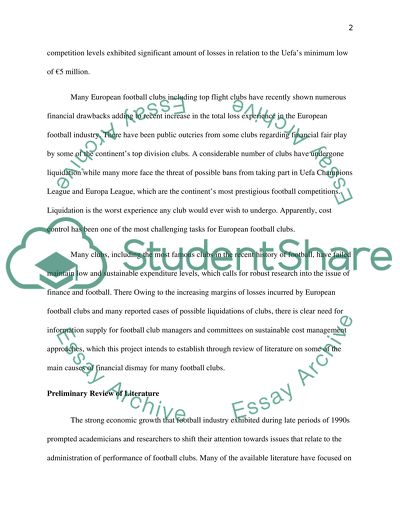Cite this document
(“Football & Finance Essay Example | Topics and Well Written Essays - 3000 words”, n.d.)
Retrieved from https://studentshare.org/finance-accounting/1473951-football-finance
Retrieved from https://studentshare.org/finance-accounting/1473951-football-finance
(Football & Finance Essay Example | Topics and Well Written Essays - 3000 Words)
https://studentshare.org/finance-accounting/1473951-football-finance.
https://studentshare.org/finance-accounting/1473951-football-finance.
“Football & Finance Essay Example | Topics and Well Written Essays - 3000 Words”, n.d. https://studentshare.org/finance-accounting/1473951-football-finance.


